Suboxone – A Wolf in Sheep’s Clothing
Suboxone is quickly becoming on of the most widely abused prescription drugs available. The drug has effects similar to heroin or other opiates and can result in the same, harsh withdrawal symptoms as well. We have a specialized rehab program that is garaunteed to get people off of this drug and back into a happy, healthy life.
Drug Information:
Suboxone is a combination of the partial opiate agonist Buprenorphine and the opiate blocker Naloxone. Subutex is Buprenorphine only. These drugs were developed and marketed as addiction drugs to help opiate dependent people get off of hard, opiate drugs and begin to manage their lives. Buprenorphine was thought to be a safer alternative to Methadone with less risk of abuse. The opiate blocker Naloxone is included with Suboxone as added protection against further opiate abuse while the patient receives treatment. Buprenorphine is normally proscribed by a specially licensed doctor who has been trained to administer the drug and its’ weaning down process.
Suboxone/ Subutex is available in 2, 4, 8 and 12 mg pills and sub lingual strips.

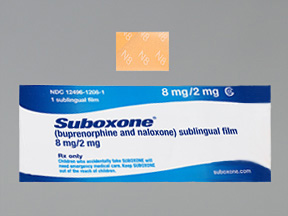
Buprenorphine has become very common in a short period of time. With the ever increasing number of opiate addicted people in the US, the drug is prescribed more and more frequently and has become the go-to drug for dealing with opiate dependent people. Many people have had great success getting off of other opiates, including Heroin, with Buprenorphine. There is a dark side, however.
Abuse
Buprenorphine has become a popular recreational drug as well as replacement for harder drugs such as Heroin or Methadone. An addict taking this medication is supposed to taper off of the drug over a period of time as instructed by a doctor. Once finished with the tapering regimen, the person should be free of their addiction with very mild to no withdrawal symptoms. The fact is that Buprenorphine does produce the opiate effects of euphoria, sedation, anti-anxiety, etc. It also causes tolerance and dependence and has crushing withdrawal symptoms as well.
Buprenorphine is seen as an easy alternative to a Heroin or prescription painkiller addiction. All a person has to do is go to a doctor and get a prescription. It is common to see people who have been on Buprenorphine for years, living in fear of the withdrawal if they stop.
Buprenorphine has also found its’ way onto the streets and has become just as easy to get as other painkillers like Oxycodone. Due to the long lasting effects (6 hours or more) many users prefer its’ high to other opiates.
Either way, prescribed or obtained illicitly, Buprenorphine has the same risks of addiction as other opiate drugs. Users quickly develop a tolerance and can become dependent on the drug. When they stop taking it they can experience harsh withdrawal symptoms that may force them to take other opiates.
What Can Be Done
Here at Narconon® Colorado, we are aware of Buprenorphine and its effects on the user. Our program has been proven to have great success with helping users get off the drug and learn to live healthy, drug free lives.
We have a 100% drug free withdrawal that gets users through withdrawal with relatively little to no pain.
Our sauna detox program is proven to rid the body of harmful toxins, restore nutrients and repair damages caused by drug taking and other environmental factors. Residues left behind from the drugs can cause the individual to experience drug cravings, anxiety and depression. A key point in successful drug rehabilitation is getting rid of these residues through supervised exercise and sweating in the sauna.
We have therapeutic life skills training to get people able to confront life and its’ problems without even thinking about using again. These include:
- The Therapeutic TR Course
- The Learning Improvement Course
- The Communication and Perception Course
- Objective Exercises
- The Ups and Downs in Life Course
- The Personal Values and Integrity Course
- The Changing Conditions in Life Course
- The Way to Happiness Course
“Before I came to this program I made some very bad choices. I am now learning why I choose to do that how to make things better. It’s going to take some time but by the end of the program I will learn how to live life again without drugs. I have to be strong for my daughter and give her the best possible life she can have.”
-Ashley H.




 Millions of Americans are dependent on prescription drugs. Many of these addicts are average citizens, with no prior history of drug abuse. They became “hooked” after first using the drugs for legitimate medical reasons. Now, having escalated their drug usage, they cannot stop. The destructive course of addiction rips at the thread of family fabric.
Millions of Americans are dependent on prescription drugs. Many of these addicts are average citizens, with no prior history of drug abuse. They became “hooked” after first using the drugs for legitimate medical reasons. Now, having escalated their drug usage, they cannot stop. The destructive course of addiction rips at the thread of family fabric.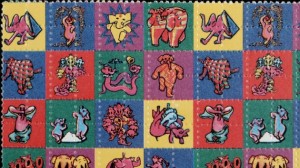 LSD, commonly referred to as “acid,” is sold on the street in tablets, capsules, and, occasionally, liquid form. It is odorless, colorless, and has a slightly bitter taste. LSD is most commonly taken by mouth. Often LSD is added to absorbent paper, such as blotter paper, and divided into small decorated squares, with each square representing one dose.
LSD, commonly referred to as “acid,” is sold on the street in tablets, capsules, and, occasionally, liquid form. It is odorless, colorless, and has a slightly bitter taste. LSD is most commonly taken by mouth. Often LSD is added to absorbent paper, such as blotter paper, and divided into small decorated squares, with each square representing one dose.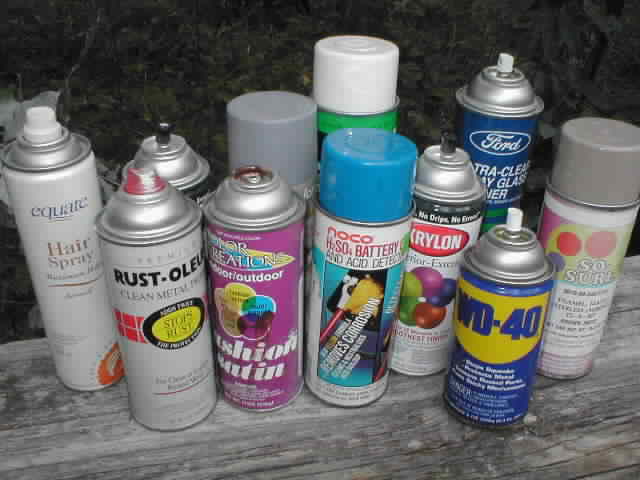 The use of inhalants is becoming more and more popular. The act of using inhalants is sometimes referred as “drug sniffing” or “choofing”. Using inhalants, even if they are common household products, can be very dangerous and parents are often not really aware that it is happening. It is often young teenagers who use them. Find out more about what inhalants are, the health problems from using them and how best to help your children.
The use of inhalants is becoming more and more popular. The act of using inhalants is sometimes referred as “drug sniffing” or “choofing”. Using inhalants, even if they are common household products, can be very dangerous and parents are often not really aware that it is happening. It is often young teenagers who use them. Find out more about what inhalants are, the health problems from using them and how best to help your children.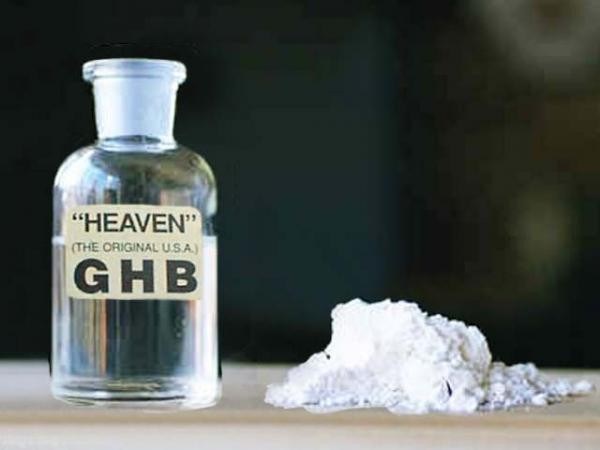 GHB is used by athletes to regulate human growth hormone. It also has limited medical use for treating narcolepsy. GHB is also a popular recreational drug as it acts as a depressant and a strong intoxicant. Users find that it enhances their experience while at a club or partying.
GHB is used by athletes to regulate human growth hormone. It also has limited medical use for treating narcolepsy. GHB is also a popular recreational drug as it acts as a depressant and a strong intoxicant. Users find that it enhances their experience while at a club or partying.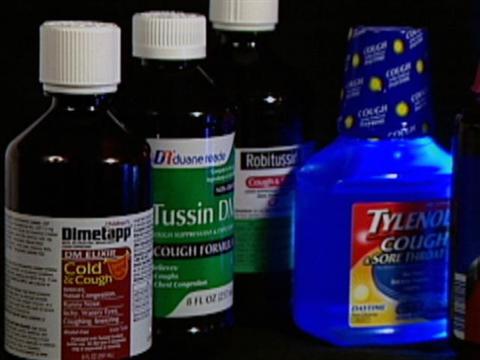 Dextromethorphan or DXM is the active ingredient in non-narcotic, over the counter cough syrup. In small doses DXM acts as an antitussive to relieve symptoms of cold and cough. In higher doses the drug can have a variety of effects users seek to achieve when using the drug recreationally.
Dextromethorphan or DXM is the active ingredient in non-narcotic, over the counter cough syrup. In small doses DXM acts as an antitussive to relieve symptoms of cold and cough. In higher doses the drug can have a variety of effects users seek to achieve when using the drug recreationally.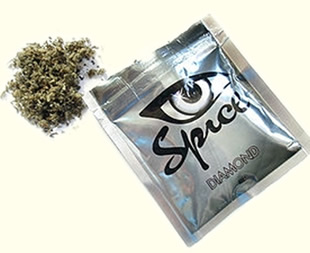 The active chemical in Spice is JWH 018, JWH 073 or a variety of other synthetic cannabinoids. The chemicals are usually sprayed on dried leaves and sold in foil packets. Make no mistake; Spice is an extremely harmful drug. While the immediate effects are similar to marijuana, there can be other devastating consequences as well. Some of these are:
The active chemical in Spice is JWH 018, JWH 073 or a variety of other synthetic cannabinoids. The chemicals are usually sprayed on dried leaves and sold in foil packets. Make no mistake; Spice is an extremely harmful drug. While the immediate effects are similar to marijuana, there can be other devastating consequences as well. Some of these are: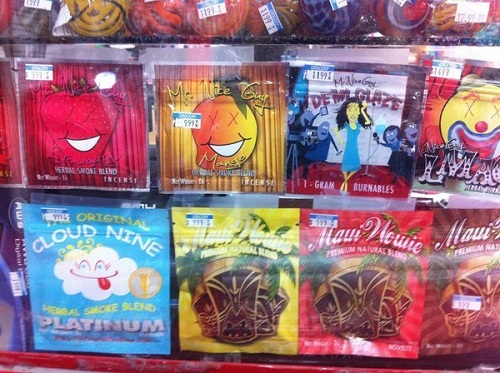 Bath Salts, Mephadrone or Methylenedioxypyrovalerone is a new, designer drug that started becoming popular in 2004. Prior to 2011, Bath Salts were legal in the US. They were commonly sold at gas stations, head shops, specialty stores and other locations as recreational drugs. In 2011 the drug became classified by the Drug Enforcement Agency as a Schedule 1 drug.
Bath Salts, Mephadrone or Methylenedioxypyrovalerone is a new, designer drug that started becoming popular in 2004. Prior to 2011, Bath Salts were legal in the US. They were commonly sold at gas stations, head shops, specialty stores and other locations as recreational drugs. In 2011 the drug became classified by the Drug Enforcement Agency as a Schedule 1 drug.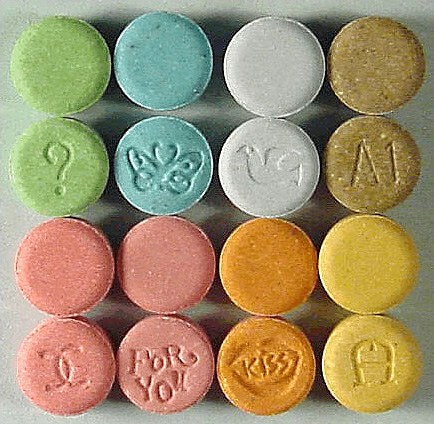 Ecstasy, also called MDMA, thizzle, skittles, rolling, etc is a semi-synthetic chemical compound. In its pure form, it is a white crystalline powder. It is usually seen in capsule form, in pressed pills, or as loose powder. The average cost ranges from $10-$30 ( U.S.) a dose. The most common routes of administration are swallowing or snorting, although it can be smoked or injected as well. Currently, Ecstasy is on the U.S. Schedule I of controlled substances, and is illegal to manufacture, possess, or sell in the United States. Most other countries have similar laws.
Ecstasy, also called MDMA, thizzle, skittles, rolling, etc is a semi-synthetic chemical compound. In its pure form, it is a white crystalline powder. It is usually seen in capsule form, in pressed pills, or as loose powder. The average cost ranges from $10-$30 ( U.S.) a dose. The most common routes of administration are swallowing or snorting, although it can be smoked or injected as well. Currently, Ecstasy is on the U.S. Schedule I of controlled substances, and is illegal to manufacture, possess, or sell in the United States. Most other countries have similar laws.